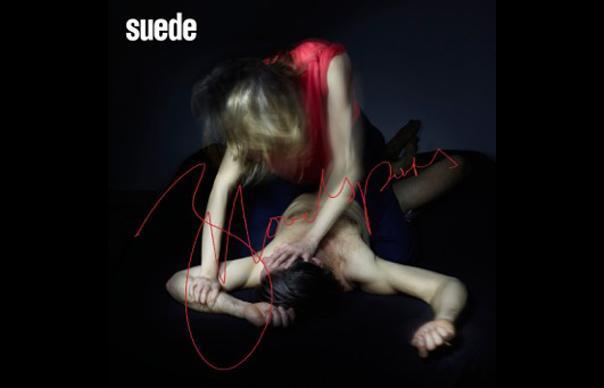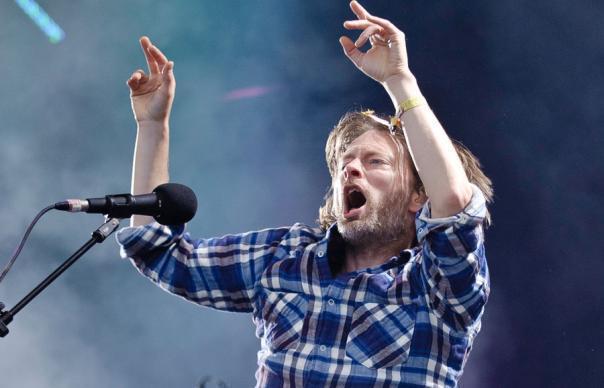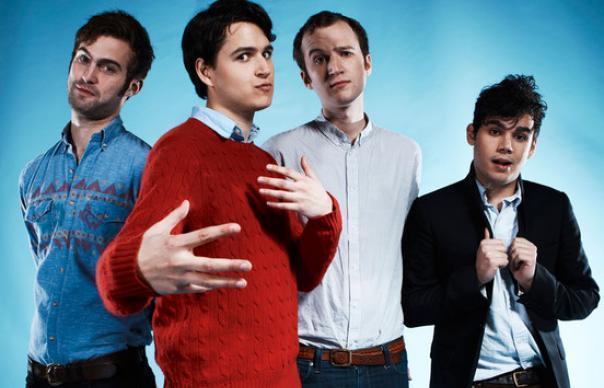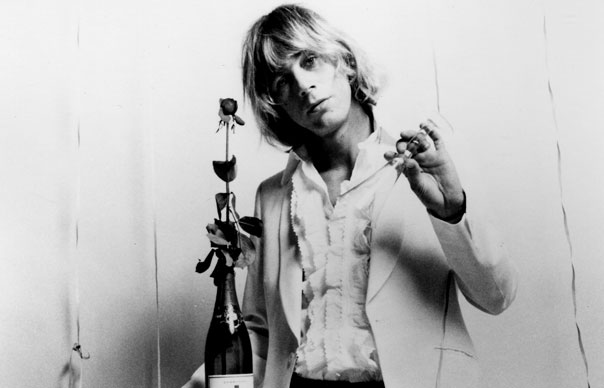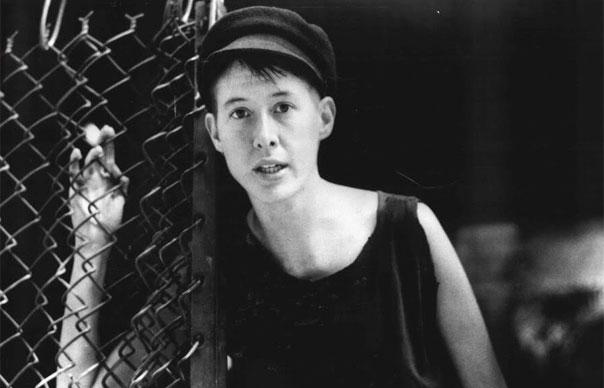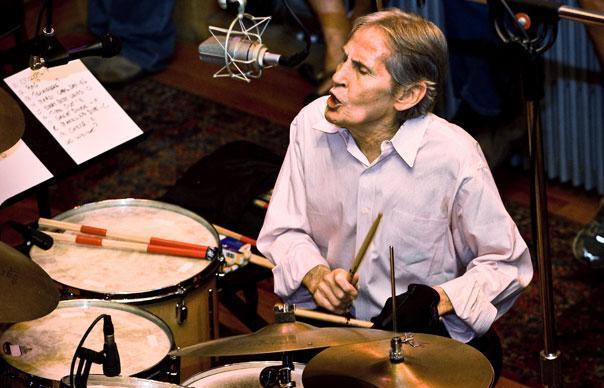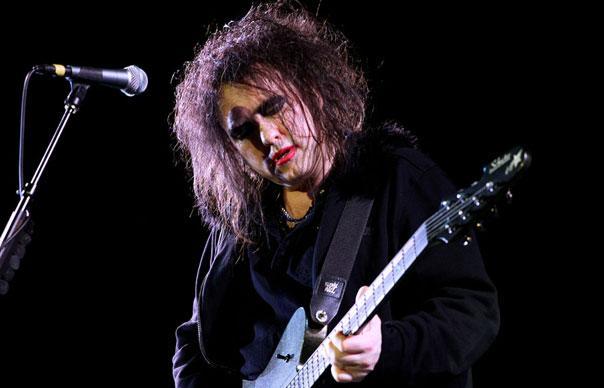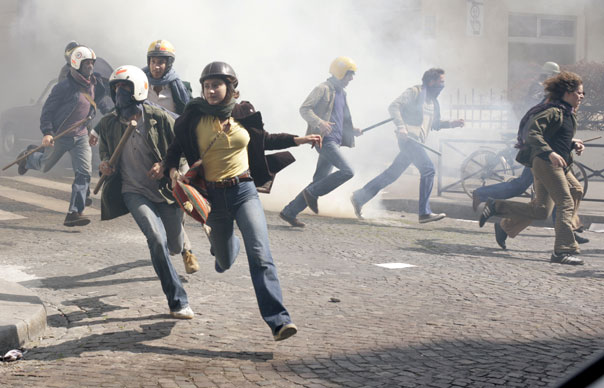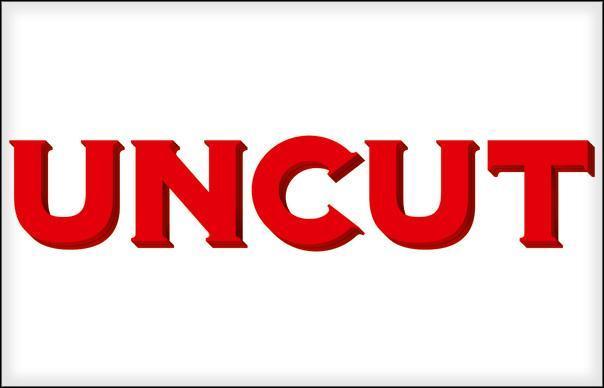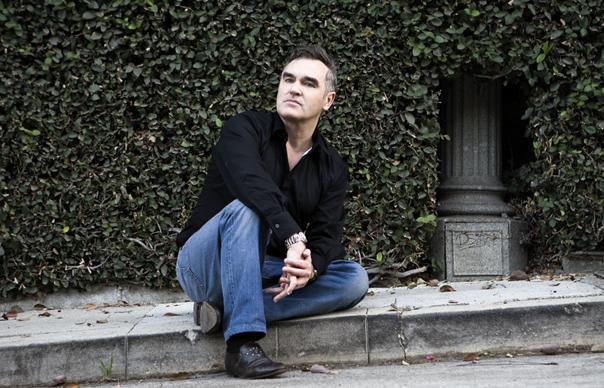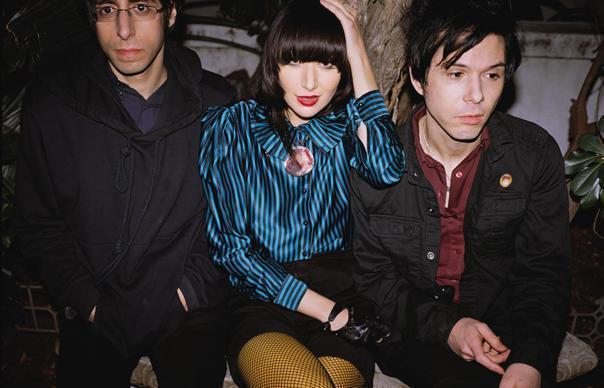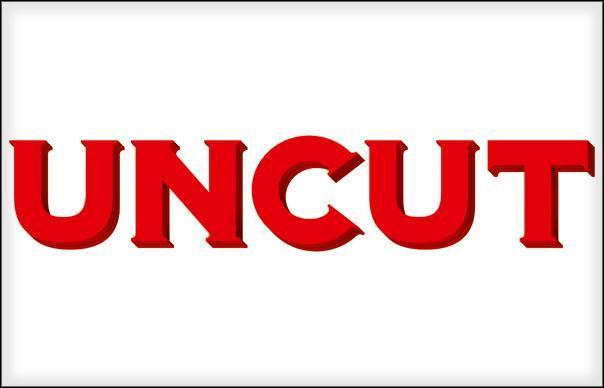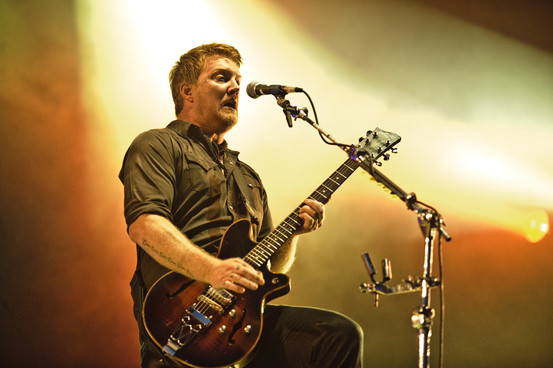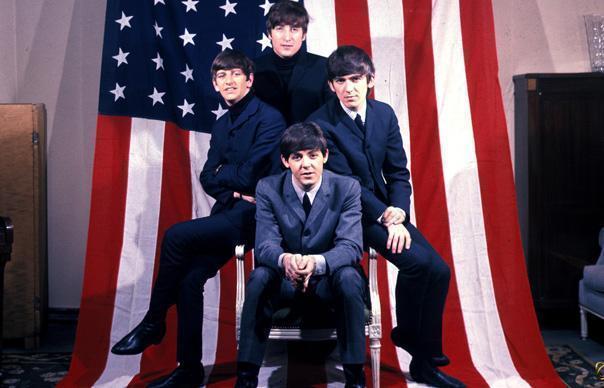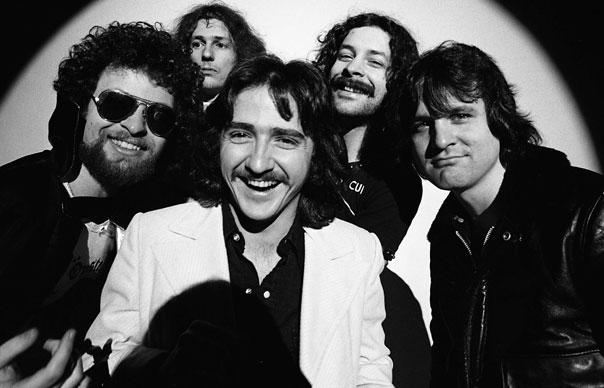Not quite a return to their storming, Britpop peak – but the signs are encouraging... After such a fall, it seemed impossible. That Suede – generally acknowledged to have launched Britpop in 1992 with debut single “The Drowners”, a brilliantly brash, slo-mo amalgam of early Bowie and The Smiths – might somehow scramble back up the cliff face and make another record, was surely blue-sky thinking of the most desperately hopeful kind. The band, who parted ways in November of 2003 had had a rocky run of it. Their last album, 2002’s A New Morning had signalled a fresh start for the newly clean Brett Anderson – who’d spent 18 months in the grip of crack cocaine addiction, his muse deserting him by degrees – and a reboot for a band that had watched the zeitgeist slipping out of focus and all but their most devout fans withdrawing. As it turned out, the “new morning” was more a final dusk. Protracted recording sessions didn’t help, but the main problem was a war on two fronts: an uncertain embrace of acoustic song craft, and electric tracks where their eccentricities became tired tropes. There was a lot to prove, then, when Suede reunited in 2010 for the Teenage Cancer Trust shows. If not exactly a triumphant return to their majestic prime, this one-off was a reminder that that prime was indeed quite something (they were, after all, Melody Maker cover stars before they’d released their first single), and it suggested that Suede’s tank might not be empty yet. It also served as a reintroduction, paving the way for – could it really happen? – a new Suede album. Anderson announced exactly that in September of 2012, just over a year after first mentioning the possibility of a sixth studio LP with the qualification that “nothing would see the light of day unless I was really, really excited about it.” Bloodsports presumably fills that brief. Produced by Ed Buller, who worked on their first three LPs and tagged by Anderson as “a cross between bits of ‘Dog Man Star’ and bits of ‘Coming Up’”, it prompts a sigh of relief, if not wild cheering. Suede were caught between a rock and a hard place; while acutely aware of what made them great, they were not only sensibly unwilling, but also unable to replicate that youthful, amped-up glory (Anderson is now 44). A New Morning, however, proved the folly of reinvention. Bloodsports, then, is a recalibration. If it has any parallel, it’s in the Manic Street Preachers’ Everything Must Go, a punched-up, hook-heavy set more about overall impact than detail, and a calculated counter to their previous record. Anderson claims it’s “about the endless carnal game of love” and it tracks the path of a relationship from infatuation through estrangement to break-up. Accordingly, much of it has a widescreen, (melo)dramatic wallop and none of the songs serve Suede’s comeback too shabbily. “For The Strangers”, “Sabotage” and “It Starts And Ends With You” are unremarkable hybrids of consensual, grown-up rock that drag their heels in terms of contemporaneity (U2, Keane, The Killers) but they push the big-picture buttons effectively enough. Lyrics, though, are still a sticking point. Anderson has long since dropped his Cockney affectations, and he’s no longer seduced by the breath-taking modernity of cigarettes, neon and magazines, but he still struggles with poetic resonance. Analogies are uniformly limited to one thing being “like” another and some metaphors simply don’t ring true. Does any telephone really emit “a brittle sigh”, as is described in “What Are You Not Telling Me”? There’s a territory-reclaiming trifecta, though, that pushes Suede through. “Barriers” is a powerful opening salvo, its clarion sweeps of guitar underpinned by Blondie’s turbo-charged rhythms and pumped up with ’80s cliff-top dynamics. The darkly insistent “Snowblind” easily matches it, as does “Hit Me”, an irresistible, glammed-up stomp that hints at “Sweet Child O’ Mine” and is bound to do the indie-disco business from Brighton to Wick. Bloodsports may not be quite as “furious” as Anderson has claimed, but Suede’s renewed charge is obvious. It’s a creditable step back into the ring after years on the ropes/ Sharon O'Connell Q+A Brett Anderson Did you feel like there was a lot at stake with Bloodsports? There was a huge amount. What was at stake was rescuing the reputation of Suede, really. We probably shouldn’t have released that last album; we did the thing we’d always said we’d avoid – releasing a record just to go on tour. It wasn’t released with the joy and passion with which records should be released. What were you aiming at sonically with the new LP? We were trying to find that sweet spot between feeling like Suede and feeling fresh, which is a really interesting point on the spectrum. I don’t think there’s any point in coming back and trying to reinvent the band, and I wanted it to sound identifiably like a Suede record. But I didn’t want it to sound like self-parody or pastiche. Was there ever a point where you thought Suede were done for good? There was a point about midway through the new record where it wasn’t really coming together like I wanted it to. I did toy with the idea of saying, “Let’s not do this, and I’ll carry on making solo records.” But that was to do with trying to re-establish the band chemistry. We almost approached this like we were a new band. We didn’t want to have this bullshit complacent attitude: “We’re Suede and whatever we do is going to sound great.” INTERVIEW: SHARON O’CONNELL
Not quite a return to their storming, Britpop peak – but the signs are encouraging…
After such a fall, it seemed impossible. That Suede – generally acknowledged to have launched Britpop in 1992 with debut single “The Drowners”, a brilliantly brash, slo-mo amalgam of early Bowie and The Smiths – might somehow scramble back up the cliff face and make another record, was surely blue-sky thinking of the most desperately hopeful kind. The band, who parted ways in November of 2003 had had a rocky run of it.
Their last album, 2002’s A New Morning had signalled a fresh start for the newly clean Brett Anderson – who’d spent 18 months in the grip of crack cocaine addiction, his muse deserting him by degrees – and a reboot for a band that had watched the zeitgeist slipping out of focus and all but their most devout fans withdrawing. As it turned out, the “new morning” was more a final dusk. Protracted recording sessions didn’t help, but the main problem was a war on two fronts: an uncertain embrace of acoustic song craft, and electric tracks where their eccentricities became tired tropes.
There was a lot to prove, then, when Suede reunited in 2010 for the Teenage Cancer Trust shows. If not exactly a triumphant return to their majestic prime, this one-off was a reminder that that prime was indeed quite something (they were, after all, Melody Maker cover stars before they’d released their first single), and it suggested that Suede’s tank might not be empty yet. It also served as a reintroduction, paving the way for – could it really happen? – a new Suede album. Anderson announced exactly that in September of 2012, just over a year after first mentioning the possibility of a sixth studio LP with the qualification that “nothing would see the light of day unless I was really, really excited about it.” Bloodsports presumably fills that brief.
Produced by Ed Buller, who worked on their first three LPs and tagged by Anderson as “a cross between bits of ‘Dog Man Star’ and bits of ‘Coming Up’”, it prompts a sigh of relief, if not wild cheering. Suede were caught between a rock and a hard place; while acutely aware of what made them great, they were not only sensibly unwilling, but also unable to replicate that youthful, amped-up glory (Anderson is now 44). A New Morning, however, proved the folly of reinvention. Bloodsports, then, is a recalibration. If it has any parallel, it’s in the Manic Street Preachers’ Everything Must Go, a punched-up, hook-heavy set more about overall impact than detail, and a calculated counter to their previous record. Anderson claims it’s “about the endless carnal game of love” and it tracks the path of a relationship from infatuation through estrangement to break-up. Accordingly, much of it has a widescreen, (melo)dramatic wallop and none of the songs serve Suede’s comeback too shabbily. “For The Strangers”, “Sabotage” and “It Starts And Ends With You” are unremarkable hybrids of consensual, grown-up rock that drag their heels in terms of contemporaneity (U2, Keane, The Killers) but they push the big-picture buttons effectively enough. Lyrics, though, are still a sticking point. Anderson has long since dropped his Cockney affectations, and he’s no longer seduced by the breath-taking modernity of cigarettes, neon and magazines, but he still struggles with poetic resonance. Analogies are uniformly limited to one thing being “like” another and some metaphors simply don’t ring true. Does any telephone really emit “a brittle sigh”, as is described in “What Are You Not Telling Me”?
There’s a territory-reclaiming trifecta, though, that pushes Suede through. “Barriers” is a powerful opening salvo, its clarion sweeps of guitar underpinned by Blondie’s turbo-charged rhythms and pumped up with ’80s cliff-top dynamics. The darkly insistent “Snowblind” easily matches it, as does “Hit Me”, an irresistible, glammed-up stomp that hints at “Sweet Child O’ Mine” and is bound to do the indie-disco business from Brighton to Wick. Bloodsports may not be quite as “furious” as Anderson has claimed, but Suede’s renewed charge is obvious. It’s a creditable step back into the ring after years on the ropes/
Sharon O’Connell
Q+A
Brett Anderson
Did you feel like there was a lot at stake with Bloodsports?
There was a huge amount. What was at stake was rescuing the reputation of Suede, really. We probably shouldn’t have released that last album; we did the thing we’d always said we’d avoid – releasing a record just to go on tour. It wasn’t released with the joy and passion with which records should be released.
What were you aiming at sonically with the new LP?
We were trying to find that sweet spot between feeling like Suede and feeling fresh, which is a really interesting point on the spectrum. I don’t think there’s any point in coming back and trying to reinvent the band, and I wanted it to sound identifiably like a Suede record. But I didn’t want it to sound like self-parody or pastiche.
Was there ever a point where you thought Suede were done for good?
There was a point about midway through the new record where it wasn’t really coming together like I wanted it to. I did toy with the idea of saying, “Let’s not do this, and I’ll carry on making solo records.” But that was to do with trying to re-establish the band chemistry. We almost approached this like we were a new band. We didn’t want to have this bullshit complacent attitude: “We’re Suede and whatever we do is going to sound great.”
INTERVIEW: SHARON O’CONNELL


